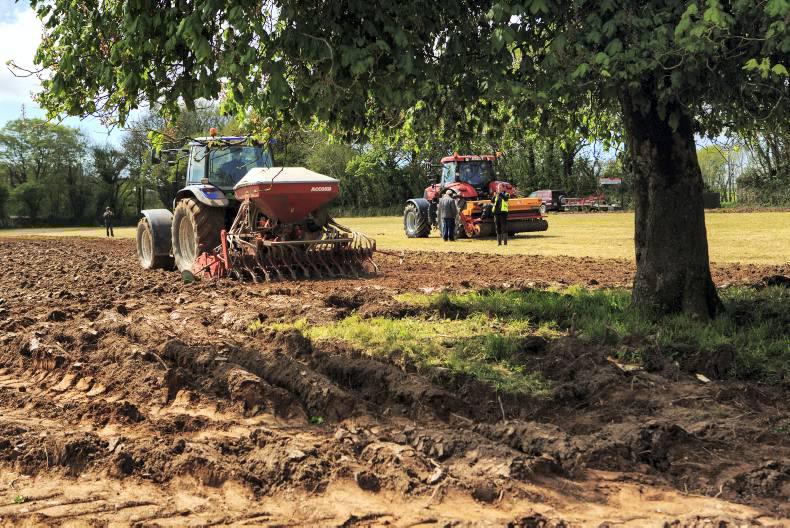When making a long-term investment in your farm such as reseeding, you want to be sure that you are going to get long-term value from the job. Choosing certified seeds is a good first step, but beyond that the seed variety chosen has a big bearing on the quality of the subsequent pasture.
While some farmers sow only one variety or monoculture in a field, the majority of seed sold in Ireland is in a mixture. The general thinking is that varieties in a mix will complement each other. So what should you look for when picking a mix?
Information
When assessing a seed mixture, you need to look closely at each of the different varieties that make up that mix. What information do we have on the varieties? Ideally, only varieties on the Department of Agriculture recommended lists should be used. If a variety in the mixture is not on the recommended lists, then you have to ask why.
There might be a valid reason for a variety’s exclusion. For example, it could be new and performing exceptionally well elsewhere and the company selling the mixture might feel it is worth including.
Overall though, varieties on the recommended lists are proven to perform well under Irish conditions. They are tested for a minimum of three years in multiple sites across Ireland. Following on from the recommended lists, the other important piece of information on varieties is the Teagasc Pasture Profit Index.
This gives an economic value to each variety based on its performance under the simulated grazing protocol in the Department of Agriculture grass variety testing trials. Only varieties on the recommended lists with two years of simulated grazing data are added to the Pasture Profit Index. Both this index and the recommended lists increase the information we have about a variety, and really help to take the guesswork out of making decisions and evaluating a mixture.
Ploidy
This refers to whether a variety is a diploid or a tetraploid. Tetraploid varieties tend to grow taller and more aggressively than diploids and animal intake is often higher on tetraploid swards. Tetraploids have lower dry matter characteristics and tend to be more open, making them unsuitable for heavy land that is prone to poaching.

Heading date
Every grass variety will go to head at some point. When this happens, grass quality deteriorates as the ratio of leaf to stem declines and the grass plant becomes less digestible. Earlier-heading varieties tend to go to head more often than later-heading varieties, so the later the heading the better. When looking at a mixture, a relatively small range of heading dates (seven to 10 days) is preferable to a large range.
The mixtures
The tables on page 4 are a snapshot of some of the main mixtures available for 2016 from the main seed companies operating in Ireland. The mixtures selected are all intensive grazing mixtures and include clover seed as standard, but most mixtures are available without clover if so desired. All the varieties in these tables are on the 2016 Irish recommended lists, with the exception of one, although it is on the recommended lists for Northern Ireland, which has a similar evaluation protocol as in the Republic.
The Pasture Profit Index (PPI) value for each variety is included in the tables. While a weighted average could be worked out for each mixture, based on the percentage of each variety in the mix and their respective PPI, this is not a true indicator of the PPI of the pasture because there is no way of accurately knowing, at farm level, what percentage of each variety is in the subsequent sward over time.
Comparison
The things to look out for when assessing a grass seed mixture are what I call ‘filler’ varieties. Some mixtures might have one or two good varieties but might have one or two poor varieties also. So, while it might be marketed as being a mix containing the top varieties, only 50% of the seed in the bag might be from top varieties.
Looking at the mixtures in the tables opposite, it is fair to say that they are all good mixes, with no obvious filler varieties. Of course, this is only a snapshot of the mixes available. Many merchants have their own mixes and many of these are equally as good as what is in the tables.
On clovers, the best varieties for quality and persistency are medium leaf white clovers. Avoid large leafed clovers as these have a tendency to dominate the sward. The following medium leaf clover varieties are on the 2016 recommended list: Chieftan, Buddy, Avoca, Iona, Aberherald and Crusader.
To read the full Reseeding Focus Supplement click here.






 This is a subscriber-only article
This is a subscriber-only article











SHARING OPTIONS: